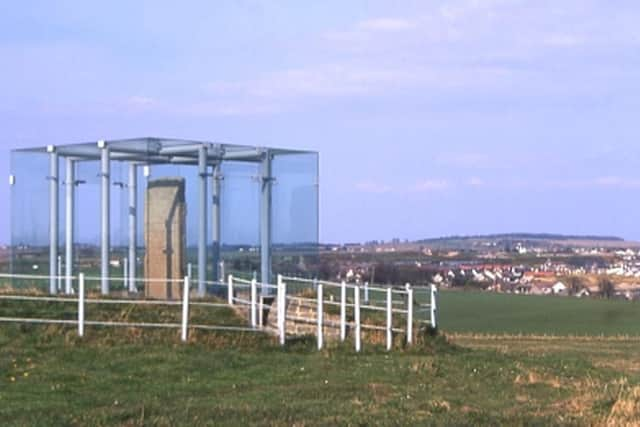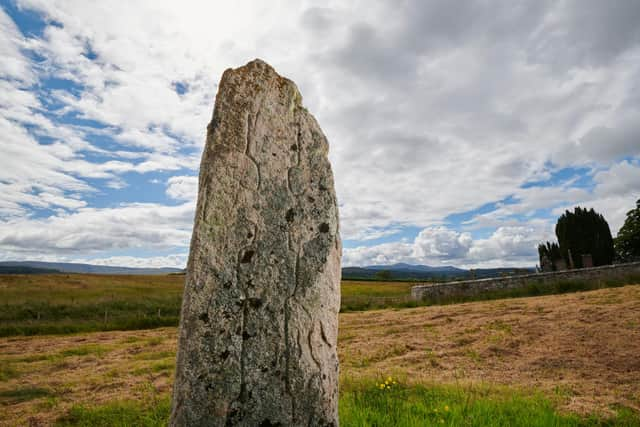Follow in the footsteps of the Picts across the Highlands
The Highland Pictish Trail connects 32 sites that bring together some of Scotland’s finest carved stones from the era as well as the network of hillforts where Picts, who dominated from around 400AD for about 600 years gathered and ruled.
Picts were long thought of as being centred around the north east of Scotland but it is now known the north was home to an important kingdom in its own right.
Advertisement
Hide AdAdvertisement
Hide AdAmong sites on the route is the “magnificent” Nigg Stone, which dates from the 8th Century and features carvings of snakes and eagles, as well as a cross and biblical scenes.


Rosemarkie on the Black Isle, the site of an early Christian centre in the 8th and 9th centuries, is also included. There, Groam House Museum holds a collection of Pictish art and, nearby, the remains of so-called Rosemarkie Man were discovered.
It is believed he was a high-status leader during the Pictish era who was brutally killed around 1,400 years ago.
The mighty hill fort of Craig Phadrig, which dates to the late 4th Century and which some have claimed was home to Pictish King Brideison of Maelchon, who ruled around AD 555 to 584, also features along with St Demhan’s Cross at Creich and the Shandwick Stone at Tain, which is now covered in a glass box.


Ian Ross, chairman of High Life Highland, said: “This new project offers a great opportunity for residents and visitors to step back in time and discover life as it was 1,000 years ago.
"For many years, the Highlands were thought to be just an outpost of a Pictish kingdom in the Perthshire and Angus areas, but recent discoveries have shown the north was an important Pictish area in its own right - with major religious and royal centres of power, and strong links with Europe.”
Few written records of their life and times survive with archaeology leading current understanding of the Picts.
No documents in the Pictish language exist but a number of inscriptions suggest they spoke a language closely related to Welsh and Gaelic.
Advertisement
Hide AdAdvertisement
Hide AdThe name first appears in Roman sources as Picti, meaning ‘the decorated or painted people’ - perhaps a reference to tattooing or war paint – but some believe this is a Latinised form of an older name.
The Picts intermarried with the Irish Scotti, jointly raided Roman Britain and had extensive contacts with Anglo-Saxon Northumbria. From the 9th century, Picts and Scots were both ruled by a single king, Kenneth MacAlpin.
Dan Cottam, Chair of Museums and Heritage Highland said: “After all the stresses and strains of the last 18 months or so, the Highland Pictish Trail offers local people and visitors the chance to step back into a time when life in the Highlands was very different from today.”
Many of the sites sit close to the NC500 driving route with hopes visitors will take time to soak up a “fascinating aspect of Highland culture” while on their travels.
New brown road signs – featuring a Pictish symbol - will map the route.
